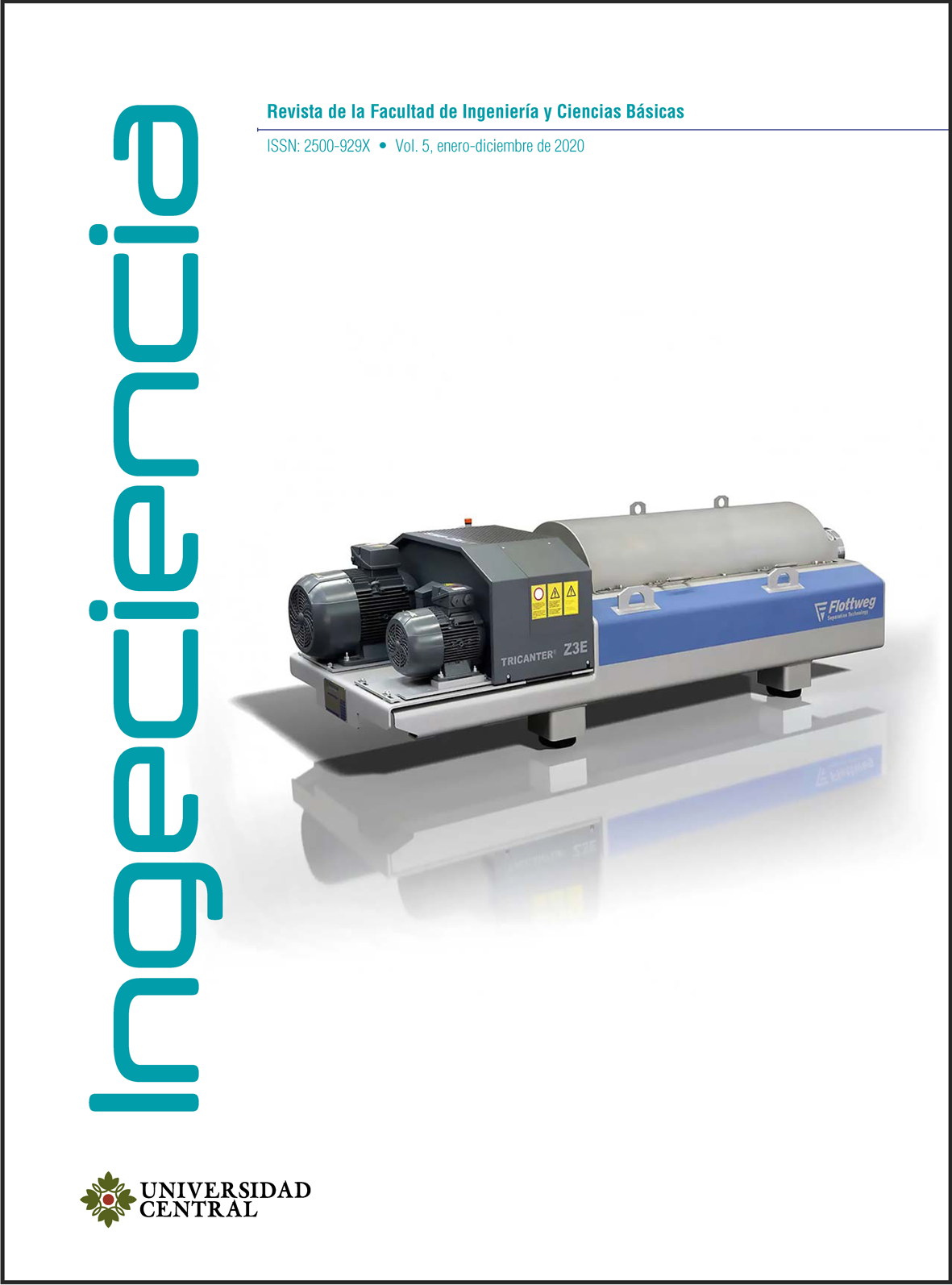IRA cases due to the effect of PM10 emissions and surface runoff attributed to the automotive park in Bogotá
Main Article Content
Bogotá has exceeded the PM10 concentration limits recommended by the World Health Organization (WHO), which exacerbates its impacts on health and the environment. This research means to model the impact of PM10 emissions from the automotive fleet in Bogotá on Ari cases and the concentration of heavy metals (lead, copper, zinc, and cadmium) in surface using a system dynamics model in the Vesim software. To this end, three modeling scenarios were proposed. The first is based on the continuity of the current conditions; the second contemplates a 100 % electric fleet; and an intermediate scenario, consisting of a public fleet: 1 % Euro V, 15 % electric articulated and 84 % Euro VI, and 50 % of electric cars and motorcycles. For each of the scenarios, the proportional impact to emissions were confirmed. The present study demonstrates the urgency of increasing the proportion of electric or hybrid vehicles to reduce the cases of Ari, and the atmospheric and water pollution.



